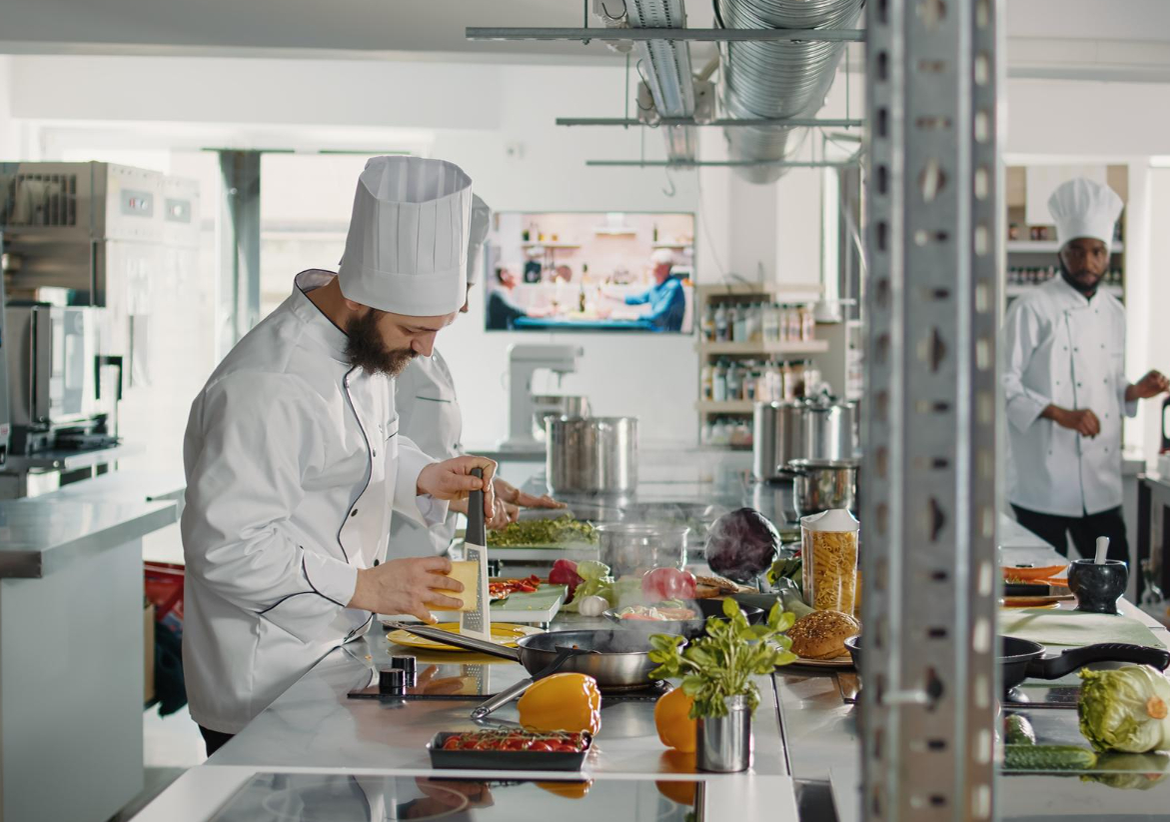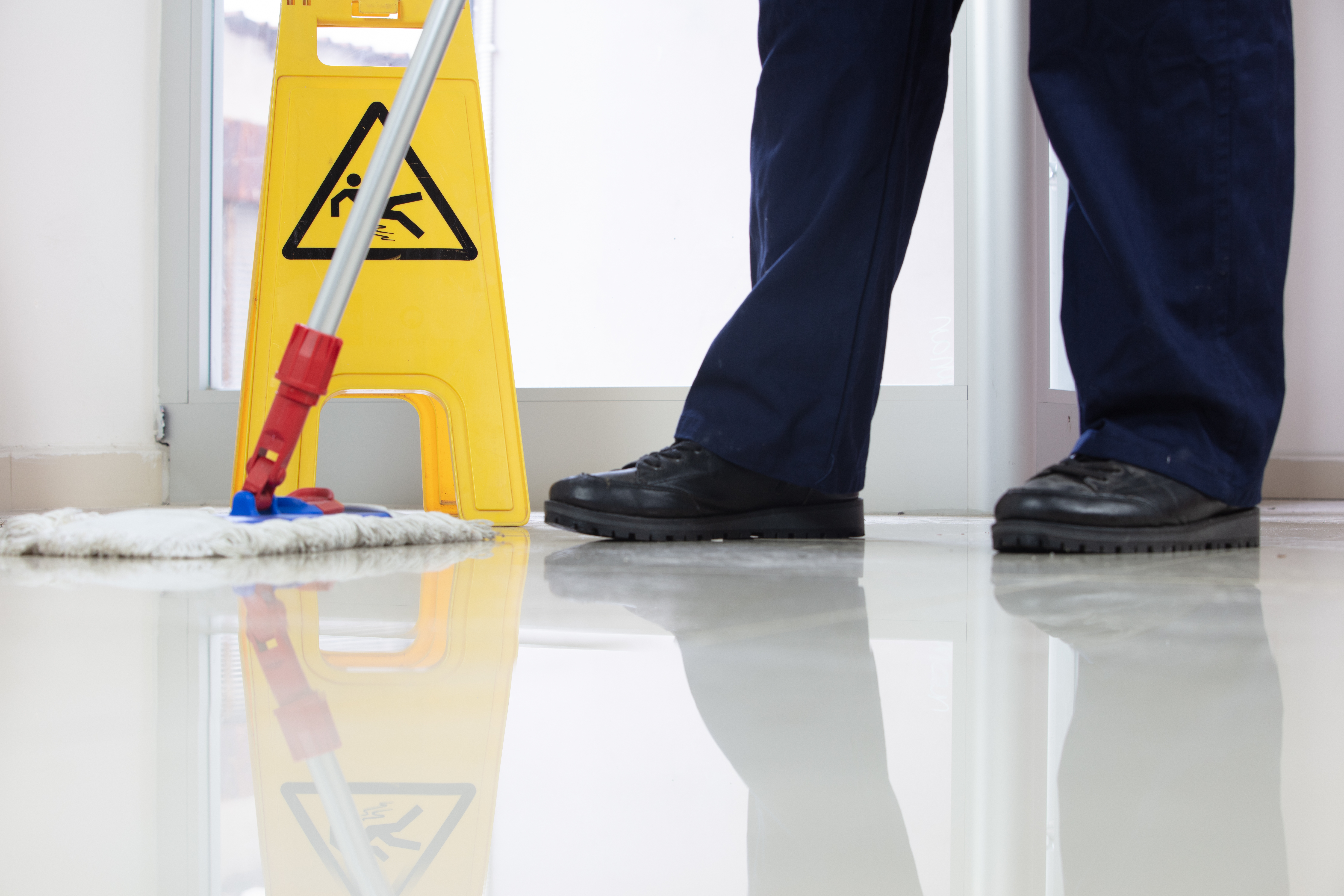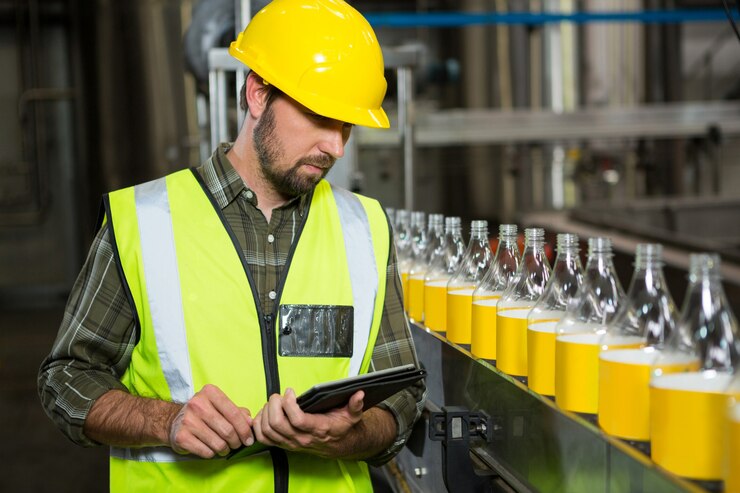A Look at How Safe Food Is in the Catering Business
You are now on the page for Level 1 Food Safety for Catering. This part will give you a quick rundown of the basic ideas you need to keep food safe in serving settings. This training will teach you how to keep the best standards in catering by staying clean, not contaminating food, and following proper hygiene procedures.
Awareness of Food Safety Risks in Catering
We will learn about the different food safety issues that can happen in catering settings during this lesson. To make sure that the food we serve at dining events is safe, we will look into ways to spot and lower the risks of biological hazards like germs and viruses as well as chemical hazards like cleaning products.
How to Safely Handle Food
That you know how to properly handle food when you're serving, you need to learn the rules. This class tells you everything you need to know to keep food-borne illnesses to a minimum in catering settings, from the right way to wash your hands to the best temperature for storing food.
How to Keep Yourself Clean in the Food Service Business
Learn why it's important to keep yourself clean in the catering business and how that affects the safety of the food. We'll talk about how important it is for caterers to stay clean, wear clean clothes, and not do anything that could make food dirty.
Cleaning and sanitising in the food service business
Here are the most important things you should do to clean and sanitise places that serve food. If you want to run a clean catering business, this class will teach you how to do things like clean cooking surfaces and tools used to make food.




